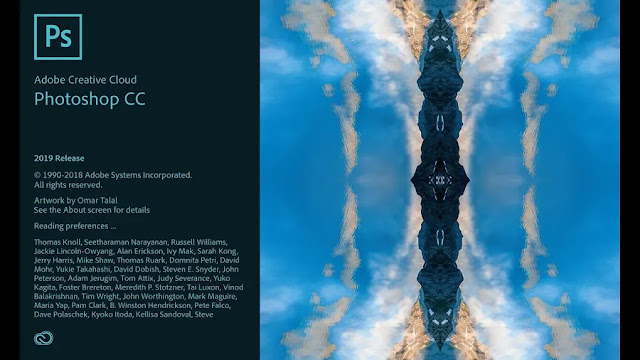First Interstellar Asteroid Ever Seen being Studied, and it's Pretty Strange

In October, astronomers using a powerful telescope in Hawaii caught sight of something they'd never seen before: an asteroid from interstellar space hurtling through our solar system.
Now, about a month later, we have some sense of what that far-flung object looks like, and it's unlike anything we've seen in our solar system.
According to a new study published in the journal Nature this week, the asteroid, named `Oumuamua, is "about 10 times as long as it is wide, with a complex, convoluted shape," Karen Meech, an astronomer with the Institute for Astronomy in Hawaii, said in a statement.
`Oumuamua, which is the first interstellar visitor of its kind to be seen by Earthlings, appears to have come from the general direction of where the Vega star system is now. This fact should make any space nerd squeal with glee as it's the same star featured in the novel and movie Contact.
Unfortunately, Vega wasn't actually in that part of the sky when the asteroid was there 300,000 years ago, according to the European Southern Observatory.
In October, astronomers using a powerful telescope in Hawaii caught sight of something they'd never seen before: an asteroid from interstellar space hurtling through our solar system.

Now, about a month later, we have some sense of what that far-flung object looks like, and it's unlike anything we've seen in our solar system.
According to a new study published in the journal Nature this week, the asteroid, named `Oumuamua, is "about 10 times as long as it is wide, with a complex, convoluted shape," Karen Meech, an astronomer with the Institute for Astronomy in Hawaii, said in a statement.
`Oumuamua, which is the first interstellar visitor of its kind to be seen by Earthlings, appears to have come from the general direction of where the Vega star system is now. This fact should make any space nerd squeal with glee as it's the same star featured in the novel and movie Contact.
Unfortunately, Vega wasn't actually in that part of the sky when the asteroid was there 300,000 years ago, according to the European Southern Observatory.
“We are continuing to observe this unique object, and we hope to more accurately pin down where it came from and where it is going next on its tour of the galaxy," Olivier Hainaut, an astronomer who also contributed to the research, said in the statement.
Scientists anticipate that there will be more interstellar asteroids and comets to look out for. "And now that we have found the first interstellar rock, we are getting ready for the next ones,” Hainaut said.
According to the European Southern Observatory, an interstellar asteroid probably flies through our solar system about once per year, however, we haven't seen them until now due to their extremely fast speed and faint appearance.
Safe travels, `Oumuamua, hope to see you around these parts again someday.







No comments:
You are welcome to share your ideas with us in comments!